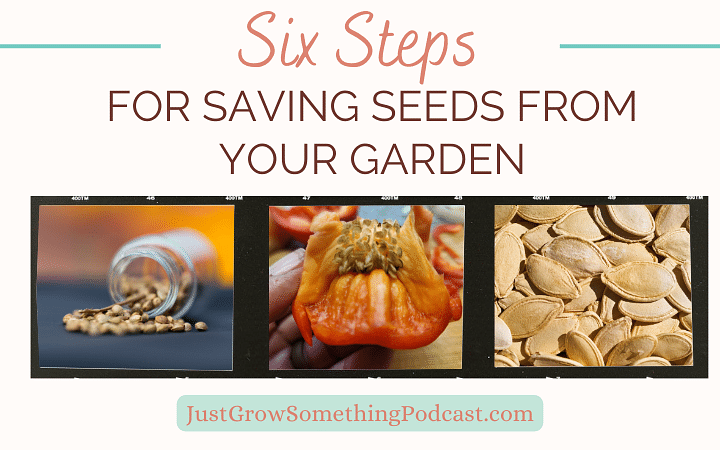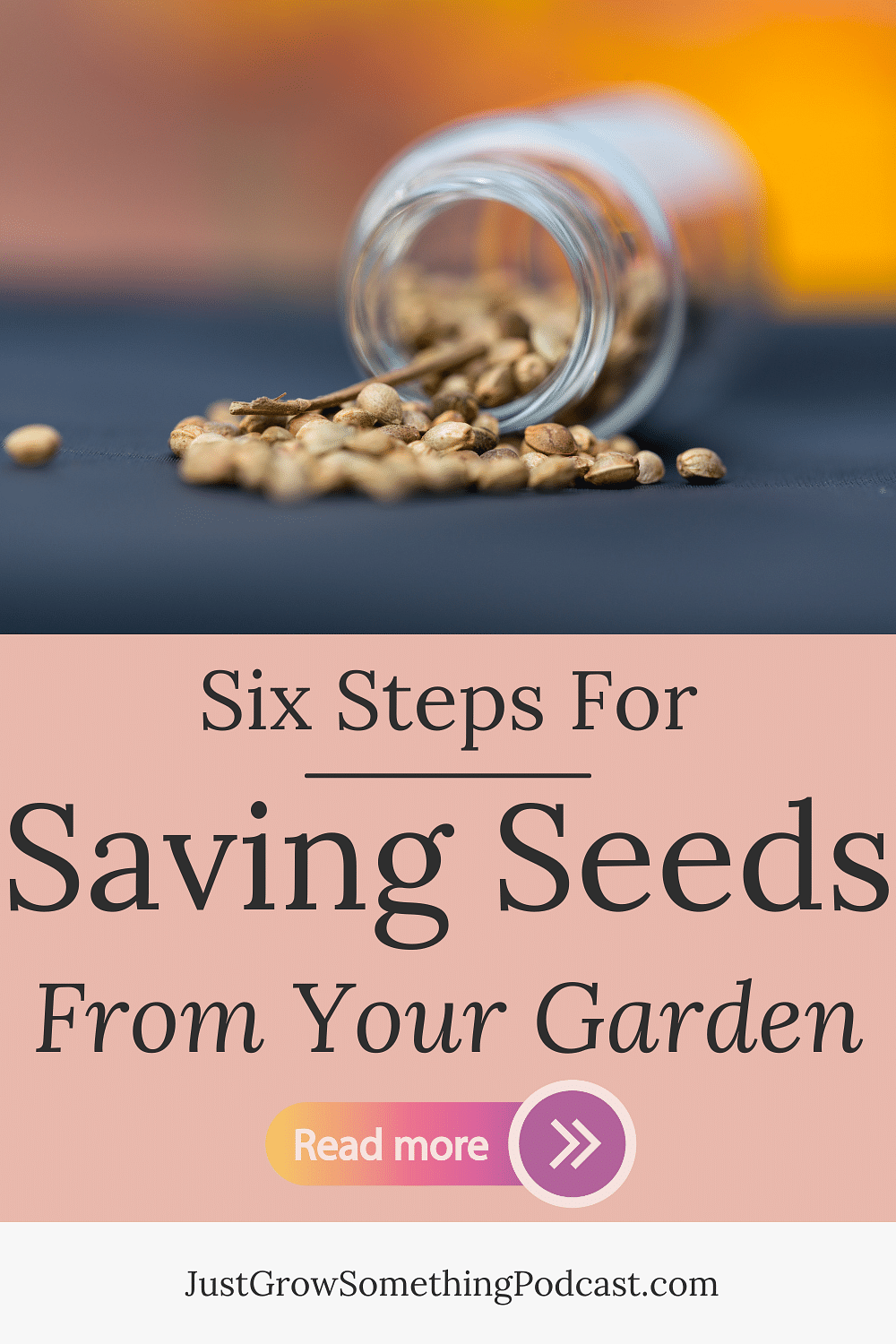
Saving seeds from your vegetable garden is a rewarding and sustainable practice that allows you to preserve the genetic diversity of your favorite plants, save money, be sure you always get your favorite varieties, and become more self-sufficient. Whether you're a seasoned gardener or a beginner, this step-by-step guide will walk you through the process of saving seeds to use the next season.
1. Select the Right Varieties
Start with open-pollinated or heirloom varieties, as these will produce seeds that are true to type. Seeds from hybrid varieties may not grow into plants with the same characteristics as the parent plant.
2. Observe and Select
Observe your plants throughout the growing season and select the healthiest and most productive ones for seed saving. Look for plants that exhibit your most desired traits such as flavor, size, or disease resistance. Saving seeds from plants that are adapted to your local climate and growing conditions will improve the variety for the next season and make it more suited for your garden as time goes on.
3. Allow Plants to Mature
Allow the selected plants to fully mature. Different vegetables have different seed-saving requirements, but in general, you should let them remain on the plant until they are past the edible stage. For example, let tomatoes ripen fully on the vine, allow summer squash to fully mature to a hardened rind stage, and allow beans and peas to dry on the plant.
4. Harvest
Harvesting seeds can be a bit tricky since different vegetables require different methods. Here are some common harvesting techniques:
- Tomatoes: Scoop out the seeds from ripe tomatoes and place them in a glass or plastic container with some water. Allow them to ferment for a few days, stirring occasionally. After fermentation, rinse the seeds thoroughly, spread them on a paper towel, and let them dry.
- Peppers: Remove seeds from ripe peppers, rinse them, and let them air dry on a paper towel.
- Beans and Peas: Allow the pods to dry on the plant until they rattle when shaken. Harvest the dried pods and remove the seeds.
- Cucumbers, Melons, and Squash: Scoop out the seeds from mature fruits, rinse them, and dry them on a paper towel. If excessive fruit residue remains, ferment in the same manner as tomato seeds, then dry.
- Lettuces, Carrots, and other small-seeded types: Allow the plants to go to flower and the seeds to dry on the plant. Remove the seed stalks from the plant and shake to loosen the seeds into a bag or onto a screen. Allow to dry thoroughly before storage.
5. Clean and Dry
Properly cleaning and drying the harvested seeds is crucial to prevent mold and ensure their longevity.
- Remove any remaining plant material from the seeds and rinse them if necessary.
- Place the seeds on a fine mesh screen or a paper towel in a well-ventilated area. Allow them to air dry for several days or until they are completely dry.
6. Store
Once your seeds are thoroughly dry, it's time to store them properly. Use small envelopes, dark-colored glass jars, or other airtight containers to keep the seeds safe from moisture and pests. Be sure to label each container with the plant variety, date of harvest, and any other relevant information.
- Store your seeds in a cool, dark, and dry place. A temperature of around 40°F (4°C) in a sealed container is ideal for long-term storage.
A few more tips for success:
Seed Viability Testing
To ensure the seeds you save are viable, conduct a germination test prior to storage. Place ten seeds on a damp paper towel in a sealed plastic bag and keep it in a warm place. Check for germination after the recommended number of days for each vegetable and count the number out of ten that sprouted. If a high percentage of seeds sprout, around 80%, they are viable. Anything lower than 80% is considered a low germination number. You must decide if you want to save these seeds or try again. Be sure to mark the germination percentage on any low-germinating seeds you save so you can seed extra the following year to make up the difference.
Sharing and Exchanging Seeds
Seed-saving is a wonderful opportunity to connect with other gardeners and contribute to the preservation of heirloom varieties. Consider participating in seed exchanges or sharing your saved seeds with fellow gardeners to promote biodiversity and community!
Happy seed-saving!
Your Friend in the Garden,

